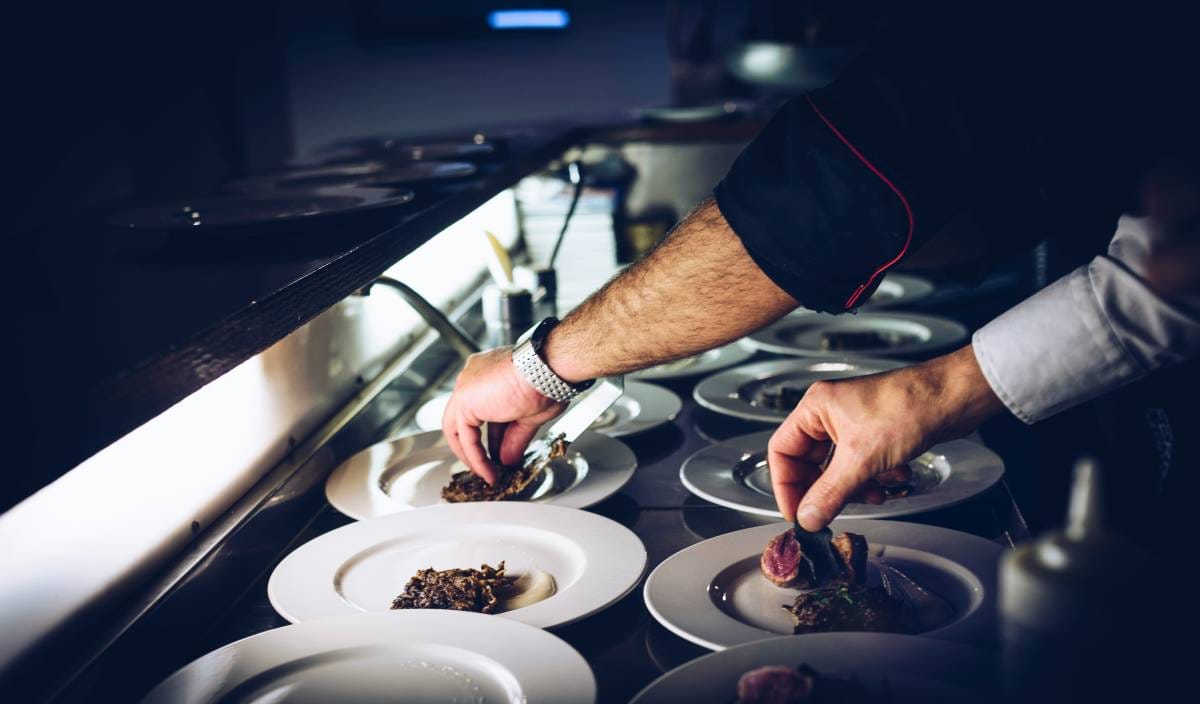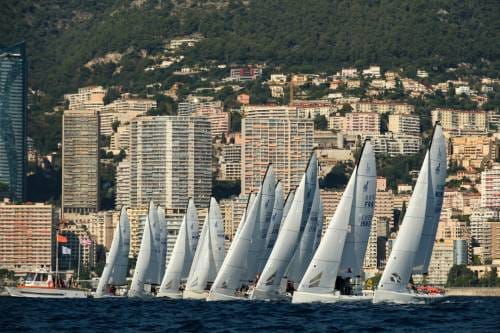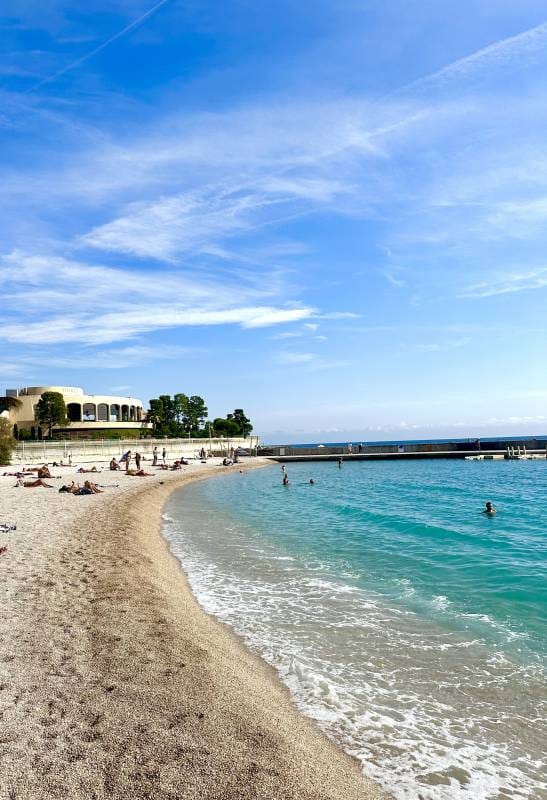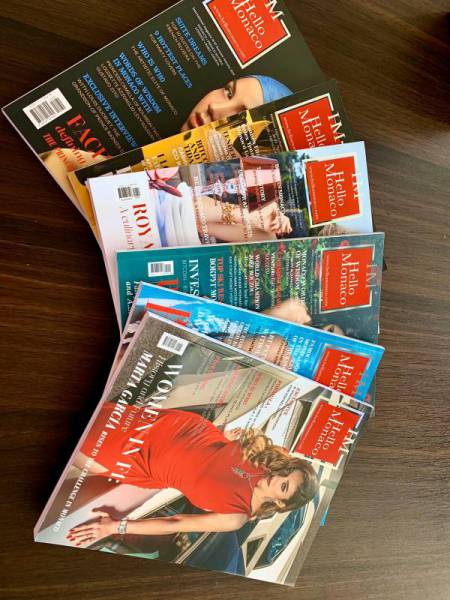Under the lights of One Monte-Carlo, eleven chefs stepped forward with quiet determination and glistening loaves of golden pastry. This was a duel of precision and pride, the Monaco qualifying round of the World Pâté en Croûte Championship.
At the judging table sat royalty itself: Prince Albert alongside his nephew Louis Ducruet, culinary luminaries like Guillaume Gomez, Jacques Maximin, and Prince’s Chef, Christian Garcia, and host Stéphane Valeri, chairman of the Société des Bains de Mer. The atmosphere was charged. For here, a pâté en croûte is not merely food; it is heritage encased in pastry.
A Study in Perfection
Before a single bite is taken, a great pâté en croûte must look like greatness.
A uniform golden crust, seamless and proud, no cracks or collapse. Embossed patterns gleam under the lights, while a cross-section reveals a marbled interior of filling and shimmering gelée, a culinary mosaic that whispers discipline and art in equal measure.
Presentation counts for twenty points, explained Christophe Marguin, co-founder of the championship. But the real test lies in the jelly and the bake. Without perfect gelée, at least half a centimeter, and flawless pastry, even beauty cannot save the score.
In a competition judged out of 200 points, 100 are reserved for taste alone. And taste, as every chef knows, is the quiet truth that reveals everything.
Crust, Gelée, and the Geometry of Taste
The crust is where technique meets sensitivity. Too thick, and it bullies the filling; too thin, and it buckles. Its buttery aroma must support, not suffocate. Then comes the slice, the moment of truth. A clean, even cut exposes the soul of the pâté: filling, gelée, and crust in perfect proportion, each distinct yet inseparable.
And that gelée, often underestimated, holds it all together. It is the silent hero, the invisible bridge between texture and tenderness. When it trembles just slightly under the knife, you know you are in the presence of mastery.
The Taste of Discipline
After hours of tasting and deliberation, the jury reached its verdict.
No repeat win for last year’s contender, Simon Ganache. The new standard-bearer of Monaco’s culinary pride is Chef Kota Suzuki, of Le Grill at the Hôtel de Paris Monte-Carlo.
Suzuki’s pâté en croûte stood out not with bravado, but with balance. His flavours spoke of Japanese precision wrapped in French refinement, a dish that honoured tradition while breathing something quietly new.
This was Suzuki’s first time competing in the qualifiers and he wanted to bring his own interpretation.
The Spirit of the Competition
What began sixteen years ago as a friendly challenge among Lyonnais chefs has grown into an international pilgrimage of pâte and pride, with eliminations now held in Mexico, Canada, Switzerland, the United States, Copenhagen, and London.
And yet, amid this global reach, the Monaco round feels uniquely intimate. Perhaps it’s the setting, Mediterranean elegance meeting French discipline, or perhaps it’s the presence of the Prince himself, tasting each creation with the precision of a true gourmet.
“We can be proud of the level of craftsmanship here in the Principality,” said Palace Chef Christian Garcia, as the final scores were tallied. The Sovereign nodded in agreement.
Next month in Lyon—the spiritual capital of French cuisine, Suzuki will carry Monaco’s hopes against the world’s finest charcutiers. Whether he wins or not, his pâté en croûte has already earned a place in culinary lore: a symphony of butter, broth, and belief.
So the next time you see one glistening behind glass or gracing a fine menu, pause. Look closely. Taste slowly.
You’ll know whether it’s simply good, or worthy of a crown.









